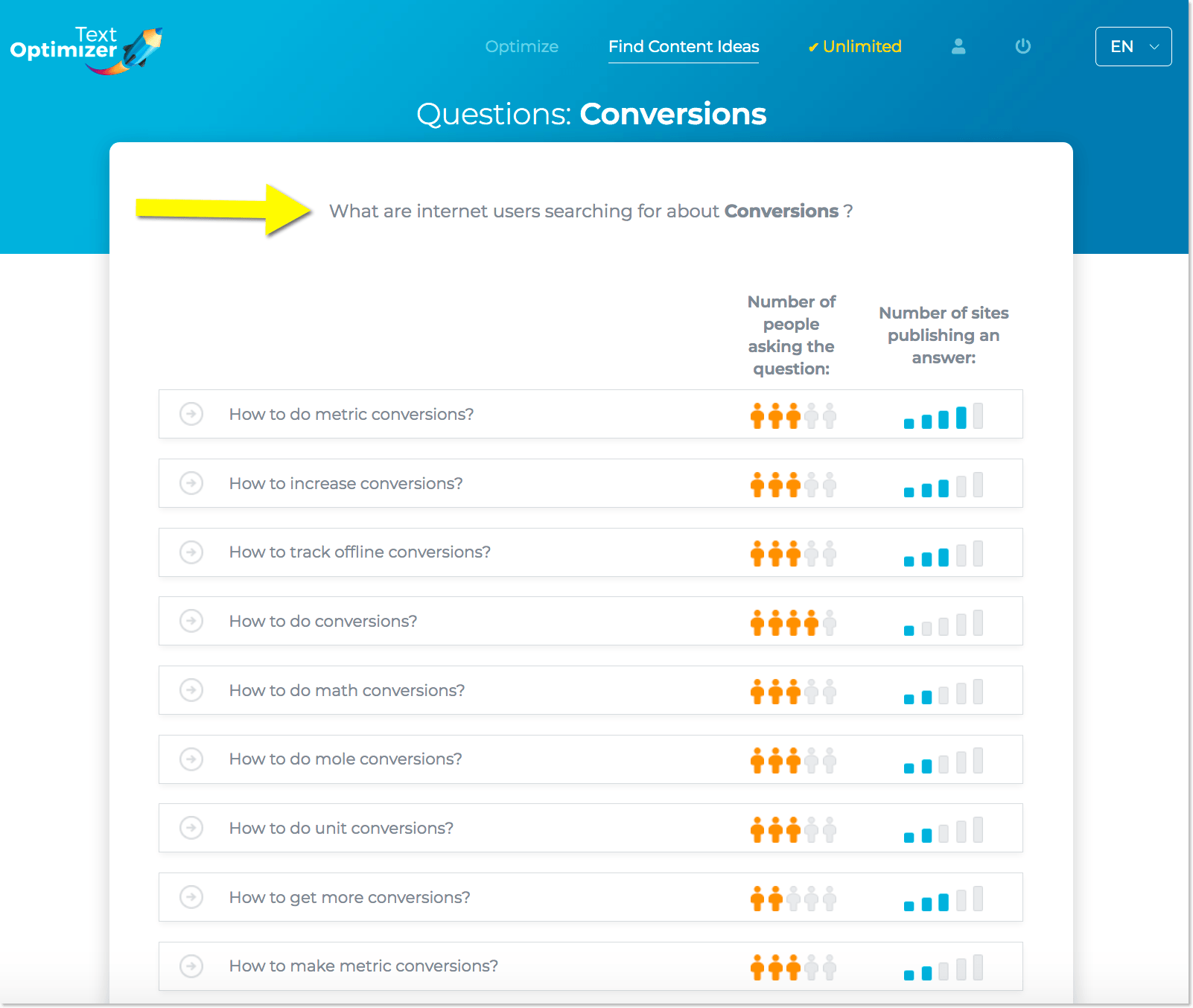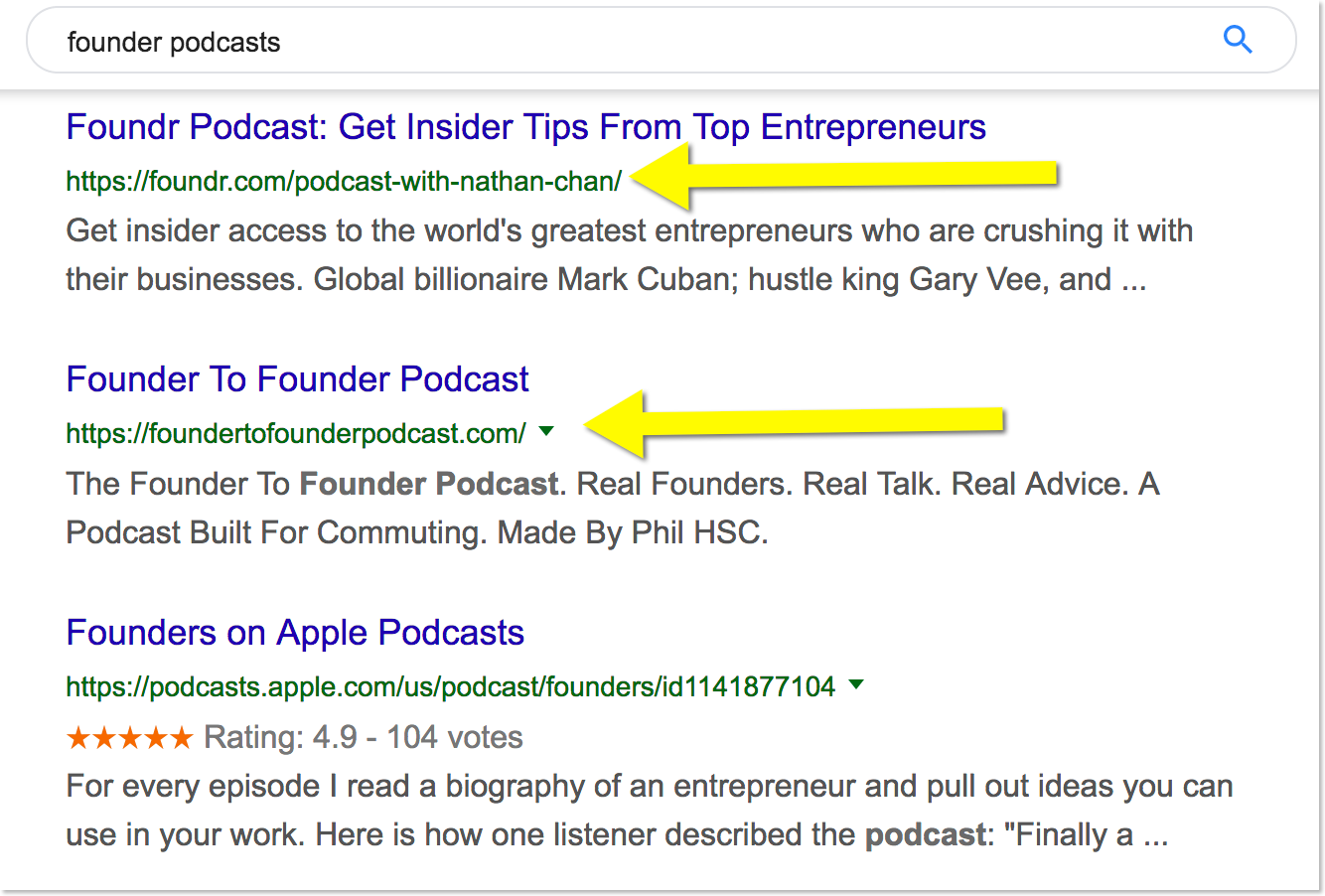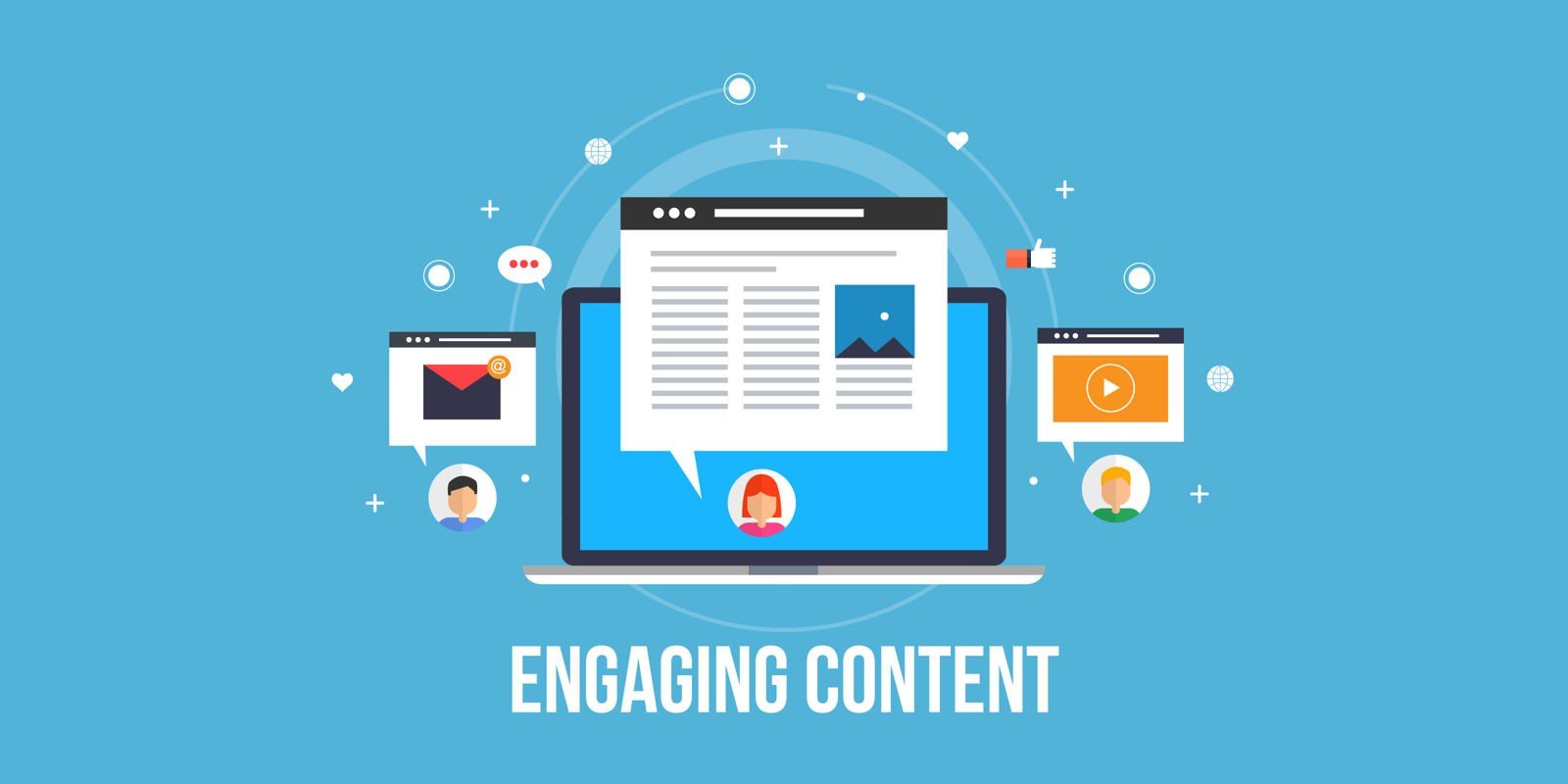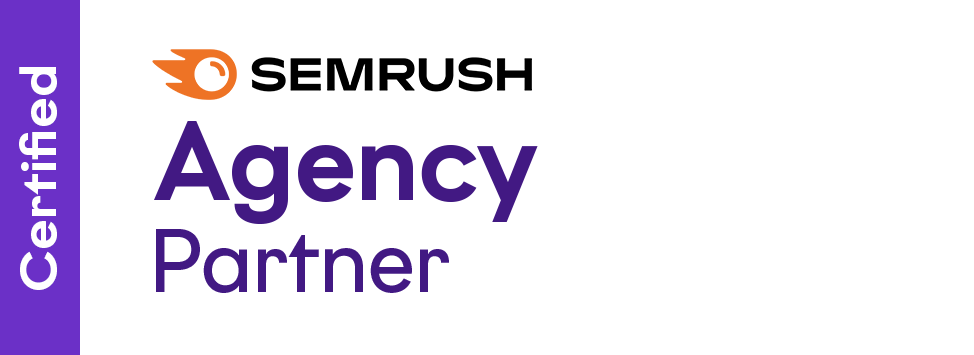Content aimed at conversion gently guides readers toward a specific action. Directly prompting with phrases like ‘Click here to buy!’ can be off-putting within an article. More subtle call-to-action, such as invitations to subscribe to a newsletter, enroll in a free e-course, or explore a product, are often more effective.
The key is to shift focus from overt selling to showcasing the inherent value of your brand or product through your content. This approach can transform your content marketing efforts into a powerful tool for generating genuine sales and cultivating a base of loyal customers. Let’s explore various content types that effectively sell without appearing overly sales-oriented:
1. Success Stories and Case Studies
Storytelling resonates because it connects people through shared experiences, not just interactions with brands. Audiences are eager to hear how others have benefited from your offerings. Effective storytelling often follows a three-act structure, breaking down the narrative into engaging segments:
- Setup: This initial stage paints a picture of the usual environment and sets expectations. It concludes with a disruptive event, prompting the protagonist into action.
- Confrontation: Here, the protagonist tackles challenges, facing escalating obstacles. Overcoming these hurdles often requires acquiring new skills or experiences.
- Resolution: The story’s climax, where the protagonist achieves victory, often accompanied by personal growth or a newfound understanding.
In the context of your product, illuminate its standout features through these stories. Narrate tales of individuals who’ve grown their businesses, overcame challenges, and evolved, all while incorporating your product into their journey.
For case studies:
- Success and Failure: Narrate the full journey, including setbacks. This humanizes the narrative, making it relatable.
- User-Centric: Focus on how the product enhanced the user’s journey, ensuring the product is a part of, but not the entire story.
Leverage tools like Text Optimizer to identify common queries related to your product, guiding the creation of compelling, relevant case studies.

Text Optimizer extracts related concepts and questions from Google’s search results, so using it will also help you optimize your content for organic search positions.
2. Lists Style Posts
Lists are a consistently effective format in content marketing, with ‘Top 10’ lists being particularly popular. In fact, about 30% of blog posts adopt the list format. Here’s how to maximize the impact of your lists:
- Purposeful Creation: Construct lists with the intent of addressing specific needs or solving problems for your readers. Doing research on common questions in your field can guide you in crafting relevant lists.
- Variety in Numbers: While ‘Top 10’ lists are a hit, don’t hesitate to explore longer lists, offering a wealth of strategies, tips, or resources.
- Skimmability: Many readers prefer to skim through lists. Ensure your lists are numbered and feature clear, compelling headlines for quick and easy consumption of information.
- Building Connections: Consider using lists as a tool for networking and collaboration.
Take this idea further: Try to use lists to build connections with niche influencers and make your content more sharable. Letting niche experts create lists for you is a great strategy allowing you to generate lots of shares and links from the featured influencers.
Read more about this strategy: How to Leverage Influencer Outreach to Build a Better Blog Post
3. Personal Stories
In the realm of social media, engaging with audiences on an emotional level is crucial. Crafting content that resonates emotionally can foster a deeper connection with your audience. Here are some guidelines for sharing personal stories:
- Authentic Inspiration: It’s tempting to create sensational content just to evoke emotions, but genuine, inspiring stories are more effective. Readers can detect insincere content, which might lead to distrust.
- Embrace Vulnerability: As many writing experts suggest, vulnerability can be a powerful tool in storytelling. Being open about challenges and accepting differing opinions can make your content more relatable and authentic.
Consider expanding the reach of your story by sharing it across various platforms or collaborating with others for wider exposure.
Take this idea further: Try and get your story told on other people’s websites. Get interviewed! There are lots of podcasters and vloggers who are on the hunt for interesting stories to tell. Simply search Google for “startup podcasts” or “founder podcast” and reach out to get featured:
This outbound tactic will get your story heard and bring in conversions from around the web.
4. How-to Guides
To craft an effective how-to guide, aim for comprehensive and detailed content. A well-developed how-to post typically spans around 1,500 to 1,600 words, aligning with research suggesting that the ideal blog post length is about 7 minutes of reading time.
Research shows that an ideal blog post takes about 7 minutes to read, which is around 1,600 words. When creating a how-to guide:
- Address Specific Needs: Your guide should solve real problems for your audience. Tailor the content to their level of expertise and interests.
- Clarity and Ease of Use: Break down complex information into digestible parts using bullet points, quotes, and checklists. This approach makes lengthy guides more user-friendly.
- Leverage Existing Content: Enhance your site’s SEO by consolidating and updating your existing short-form or outdated content into comprehensive how-to guides.
Take this idea further: Go through your site’s outdated or short-form content and re-package those into one long-form how-to content. This will consolidate your content assets and improve your website’s SEO.
5. Tools and Resources
Compiling lists of tools and resources is an effective way to offer value to your audience while optimizing content production and marketing efforts. Such lists are typically extensive, providing a range of options for users to choose from based on their specific needs.
Key tips for creating these lists:
- Length Matters: Aim for comprehensive lists. Longer lists tend to perform better as they offer more variety and cater to diverse preferences and requirements.
- Enhance with Visuals: Incorporate visual elements into your lists. Graphics, icons, and images not only add aesthetic appeal but also improve readability by breaking up lengthy text.
How to create content that converts well
Now you are farmiliar with types of high-converting content, you might be wondering how to create it. Here are some guidelines on how you should approach
Get a good understanding of your target audience
Knowing your target audience is not just about demographics; it’s about understanding their motivations, pain points, and what drives their decisions. This in-depth exploration will highlight the importance of creating buyer personas, conducting surveys and interviews, and leveraging social listening to gain insights into your audience’s preferences and behaviors. We’ll discuss how to tailor your content’s tone, style, and messaging to resonate deeply with your audience, making it more likely to convert.
Create a detailed content strategy
A content strategy is your road map for creating content that not only reaches but resonates with your audience. This section will walk through the steps of developing a content strategy, from setting SMART goals to identifying content themes that align with your brand values and audience interests. We’ll also cover how to create a content calendar, measure the success of your content, and make adjustments based on performance data. The goal is to equip readers with a framework for producing consistent, high-quality content that drives conversions.
Understand the user’s search intent
Search intent is about understanding why someone is conducting a specific search. This section will break down the four types of search intent and provide examples of how to tailor your content to each. We’ll discuss how to analyze the SERPs (Search Engine Results Pages) to infer intent and how to structure your content to satisfy the user’s needs. Practical advice on creating content that addresses specific questions or guides users toward a solution will be provided, emphasizing the importance of aligning your content with the intent to boost engagement and conversions.
Perform in-depth keyword research
Effective keyword research is more than finding popular search terms; it’s about understanding the language and queries your audience uses. This comprehensive guide will cover techniques for conducting keyword research, including using tools like Google Keyword Planner, SEMrush, or Ahrefs. We’ll delve into long-tail keywords, their importance in modern SEO, and how they can attract highly targeted traffic. This section will also provide tips for integrating these keywords naturally into your content, enhancing its relevance and search engine ranking.
Leveraging Analytics to Optimize Your Content For More Conversions
The power of analytics cannot be overstated. When it comes to creating content that converts, understanding and utilizing analytics is a game-changer. By understanding user behaviour you can gain insight into how you might adjust your content to further increase conversions.
Understanding the Metrics
First and foremost, it’s crucial to understand the key metrics that impact your content’s performance. Metrics such as conversion rates, bounce rates, page views, user engagement (like time on page), and click-through rates offer invaluable insights. By analyzing these metrics, you can gauge how well your content resonates with your audience and identify areas for improvement.
Tools of the Trade
There are several tools at your disposal for content analytics. Google Analytics stands out for its comprehensive features and user-friendly interface, providing deep insights into traffic, user behavior, and conversion patterns. Other tools like Adobe Analytics, Hotjar, and Crazy Egg offer additional functionalities like heat mapping, which helps in understanding how users interact with your website.
Analyzing User Behavior
By diving into user behavior analytics, you gain a clearer picture of what content appeals to your audience. Tracking user journeys, analyzing traffic sources, and studying interaction patterns help in crafting content strategies that align with user preferences. This approach ensures that your content is not just seen but also engages and converts.
A/B Testing for Content Optimization
A pivotal aspect of leveraging analytics is conducting A/B testing. This involves comparing different versions of your content to see which performs better. By testing elements such as headlines, call-to-actions, images, and layouts, you can discern what resonates best with your audience. A/B testing provides concrete data to support decision-making in your content strategy.
Turning Data into Actionable Insights
The crux of analytics is not just in gathering data, but in turning this data into actionable insights. This involves refining content topics, formats, and distribution channels based on user behavior and preferences. Analytics should inform your SEO strategy and content modifications to ensure they align with what your audience seeks.
Final Thoughts
In conclusion, the journey to creating content that converts is an intricate blend of understanding your audience, strategic planning, and data-driven optimization. Remember, the core of effective content lies in its resonance with your audience’s needs and preferences. Utilize the power of diverse content types, from personal stories to comprehensive guides, to engage and persuade.
Lean on analytics to refine your approach continually, ensuring your content not only reaches but also resonates with your audience. Finally, embrace the ever-evolving nature of digital content, and be prepared to adapt your strategies for maximum impact. By following these principles, you’ll be well-equipped to turn your content into a potent tool for conversion and growth.
Need help integrating our insights into your digital marketing strategy? Feel free to reach out to our team of experts.



















